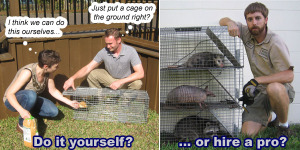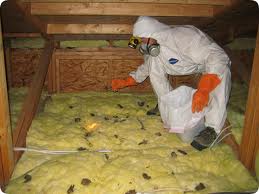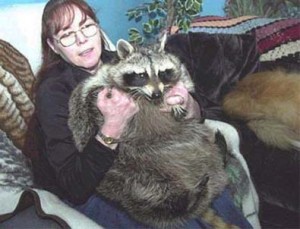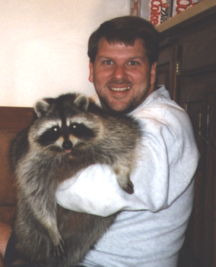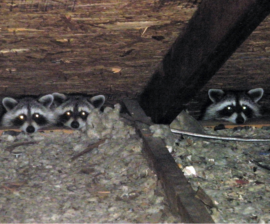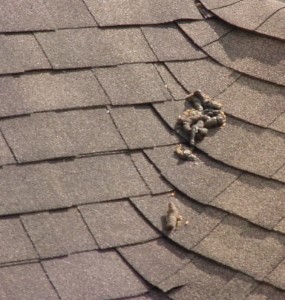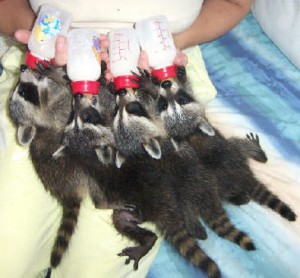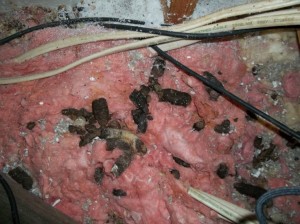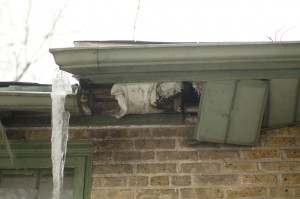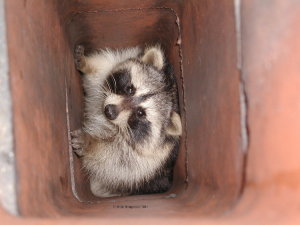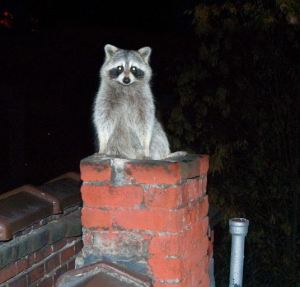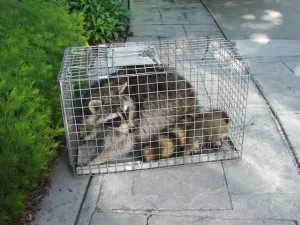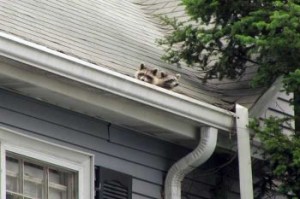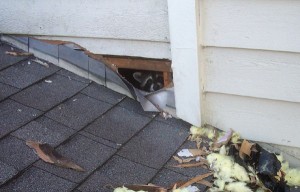 Raccoon in attic – We have written many posts on this website about raccoons in the attic, and decided to summarize the steps you need to take to do the best job of removing these raccoons from your attic. This is based on personal experience with raccoons in the attic. After having tried a number of approaches, none of which worked except for the one we recommend in this post.
Raccoon in attic – We have written many posts on this website about raccoons in the attic, and decided to summarize the steps you need to take to do the best job of removing these raccoons from your attic. This is based on personal experience with raccoons in the attic. After having tried a number of approaches, none of which worked except for the one we recommend in this post.
Dealing with Raccoon In Attic
- Forget about poison, forget about traps, forget about trying to discourage them with a loud noise, music, and even mothballs. These things just do not work over the long-term and some not at all. If you are lucky enough to trap a raccoon, you have to get rid of a snarling very unhappy animal. Where do you release it and what about other raccoons living in your area? They will just move into the vacated den in a month or two. this approach clearly does not work in the short-term and definitely not in the long-term.
- Install a one-way trapdoor so that raccoons and their babies as long as they’re old enough to travel on their own, can get out the trap door but not back into your attic. You may have to wait until they are old enough to travel on their own. If they are left in the attic and the parents cannot get back in you risk dead raccoons in your attic or a wrecked roof from the raccoons trying to get back in or both. The damage could be extensive so make sure the babies can get out on their own.
- Cover all other potential entrances with heavy gauge wire mesh so that no animals including raccoons can get into your attic. If you only focus on the entrance they have created into your attic, you could just force them to create or find another one. Try to cover all potential areas so that there are no more problems.
Avoid Potential Water Leaks
- Be careful to seal all nail holes and screw nail holes in the roof with waterproof caulking to avoid water damage to the inside. Every time a nail or a screw goes through the shingles there is a possibility of water leakage when it rains. Sealing these nails etc with waterproof caulking will ensure that no water gets into your home and causes more damage.
- If you take these steps, you will never have any problems with animals of any kind inside your home or attic.
Raccoon in attic – Safety and Health Issues
If you decide that you must go in the attic, make sure you wear a breathing mask and avoid breathing any feces that have turned into dry powder in the hot attic. This can cause all kinds of unhealthy conditions in humans which you do not want to even think about. We have reviewed these health issues on other posts on this blog.
Raccoon feces are full of worms and bacteria that are not very nice. They are so small that they float as particles in the air when disturbed and can be ingested into your lungs which can cause irreparable damage to your lungs and even result in death if not treated properly. Take the precautions and avoid any future problems with raccoon feces. Depending on how badly the insulation is contaminated, you may need to remove all of the old insulation and have new insulation installed. Take appropriate precautions to avoid any health issues.

